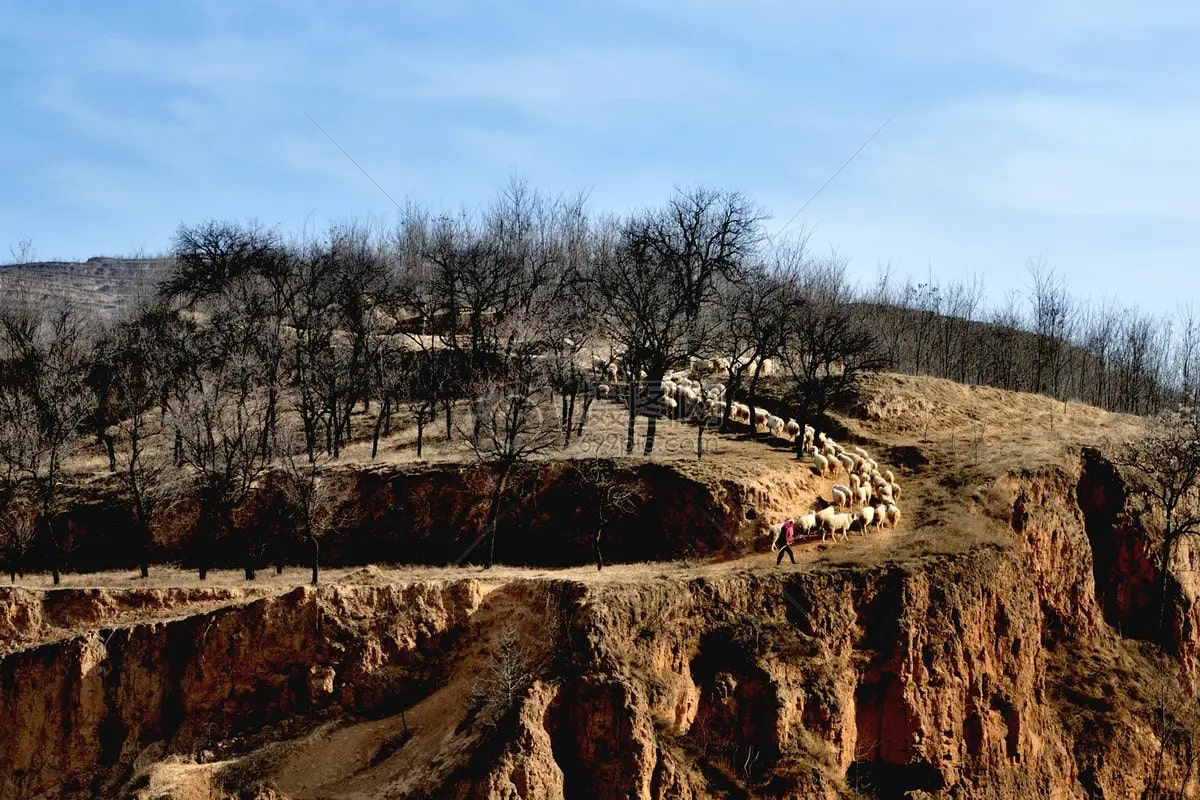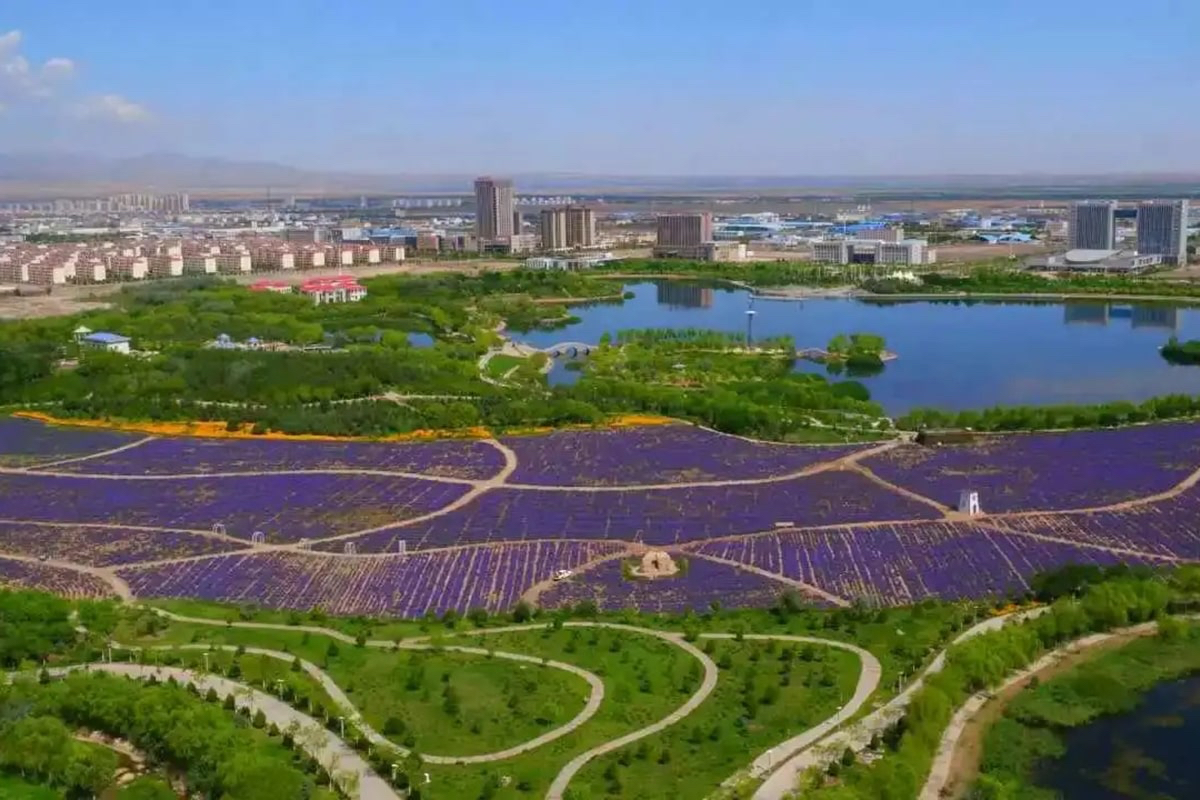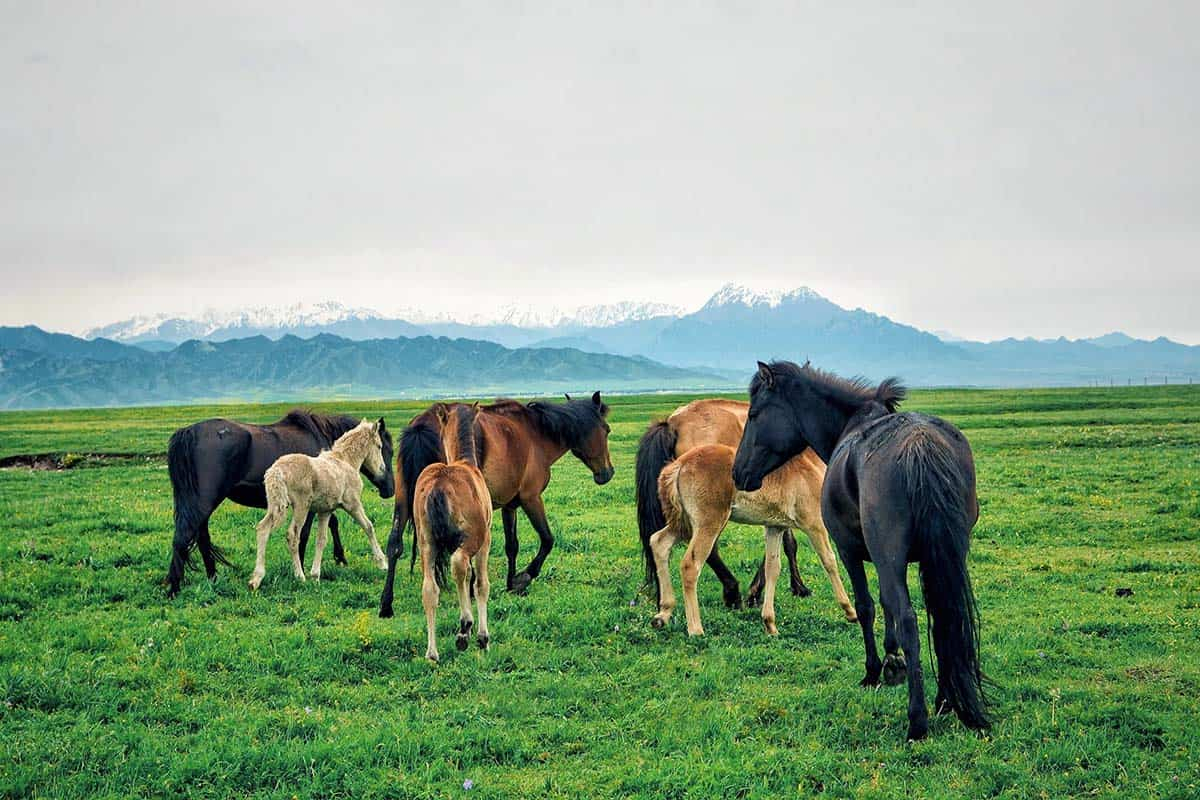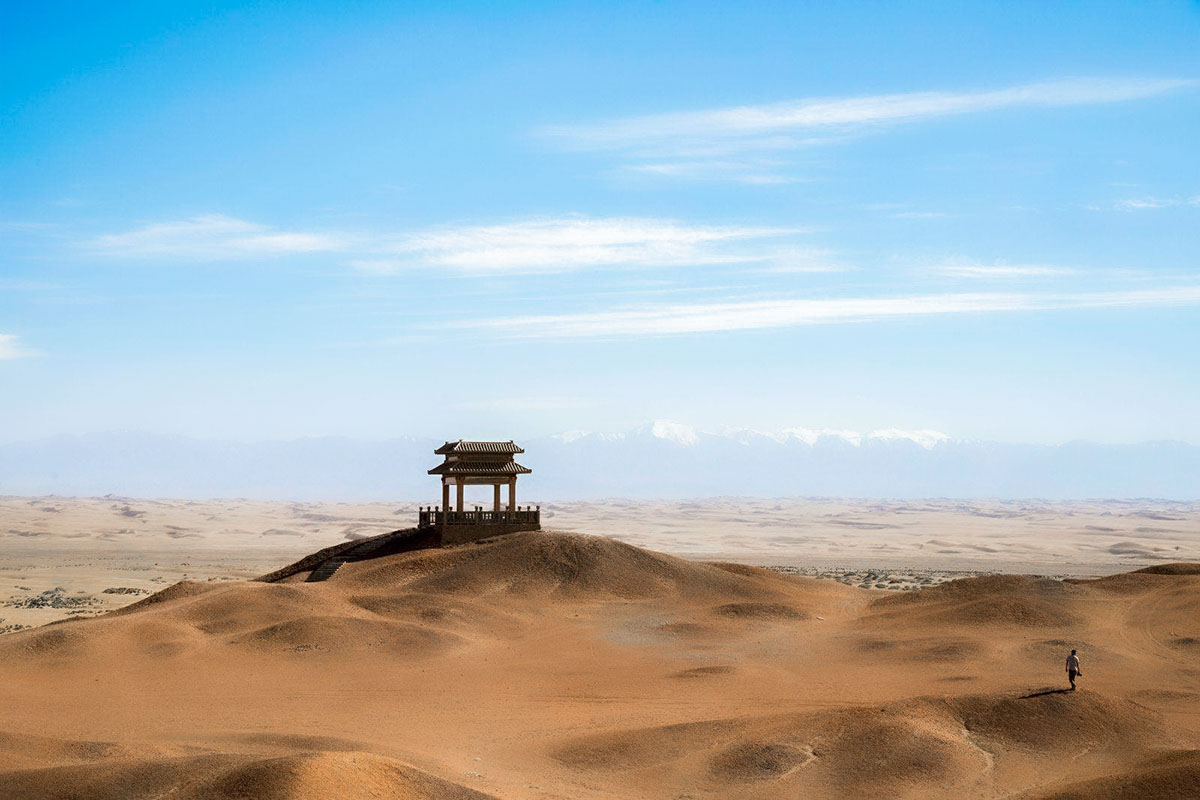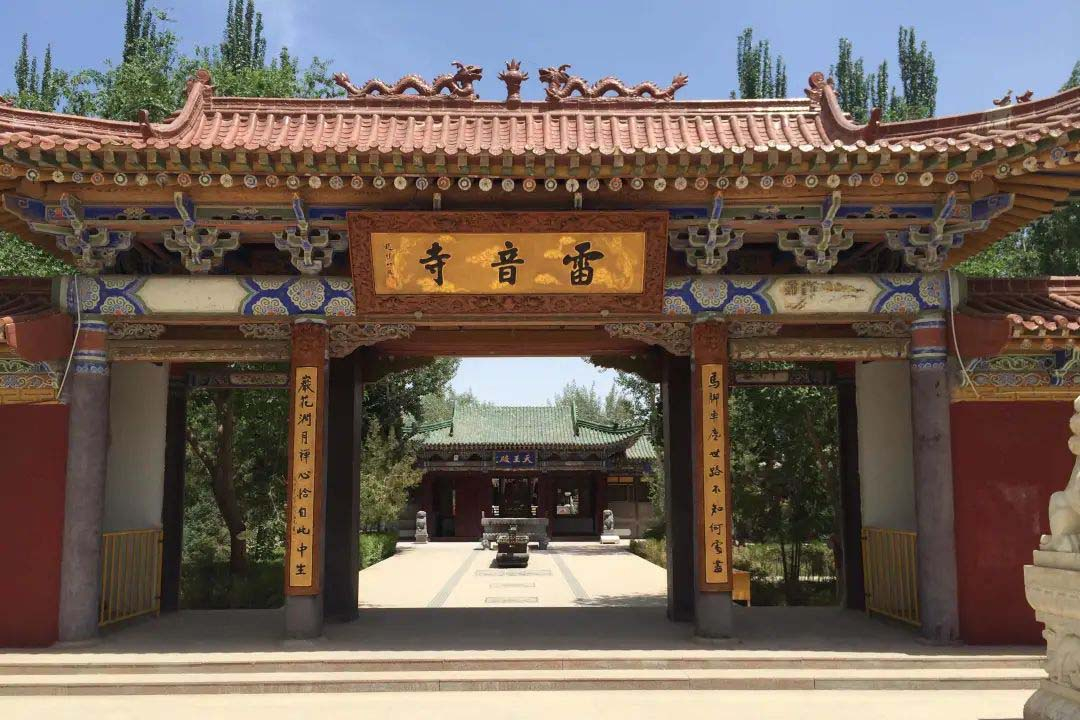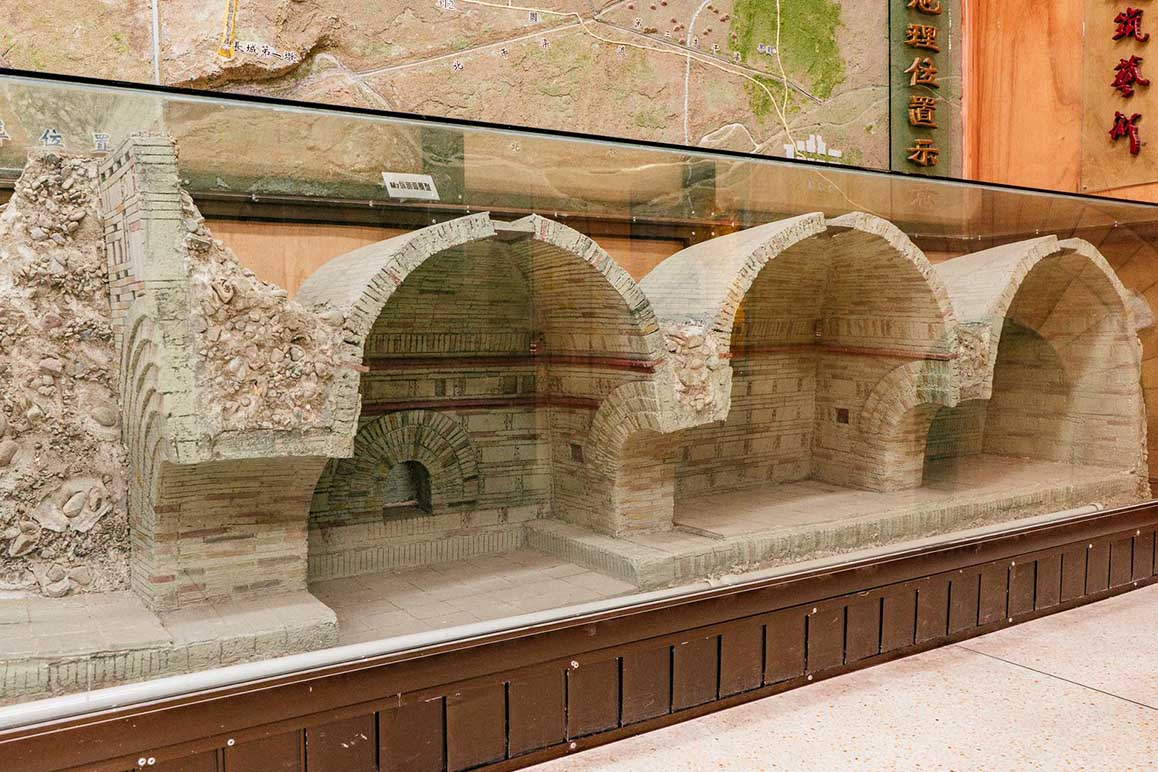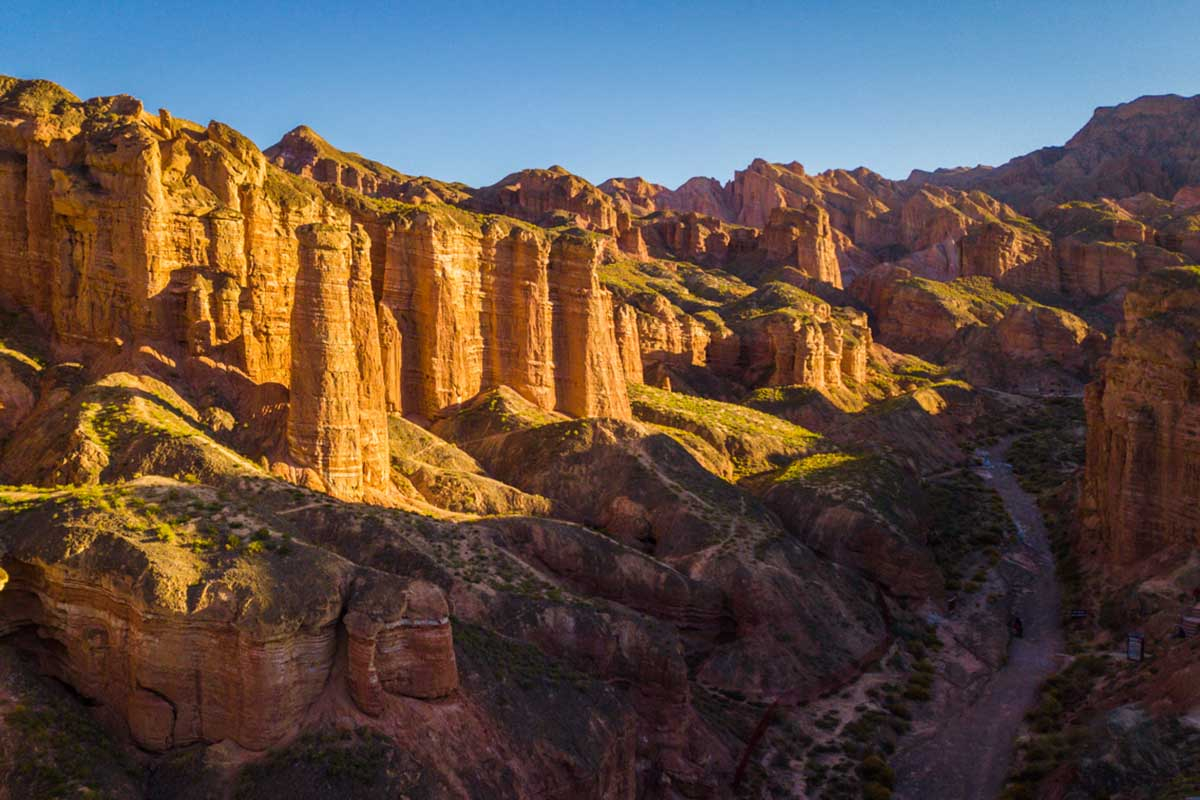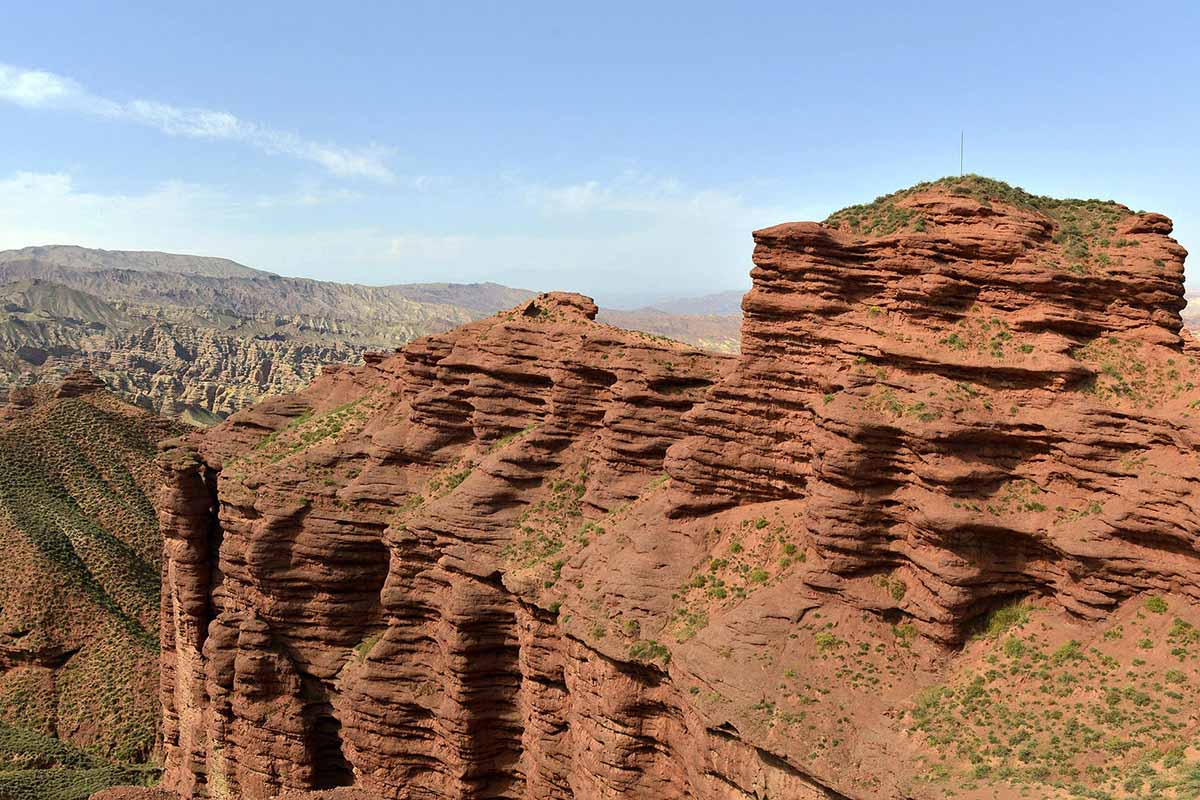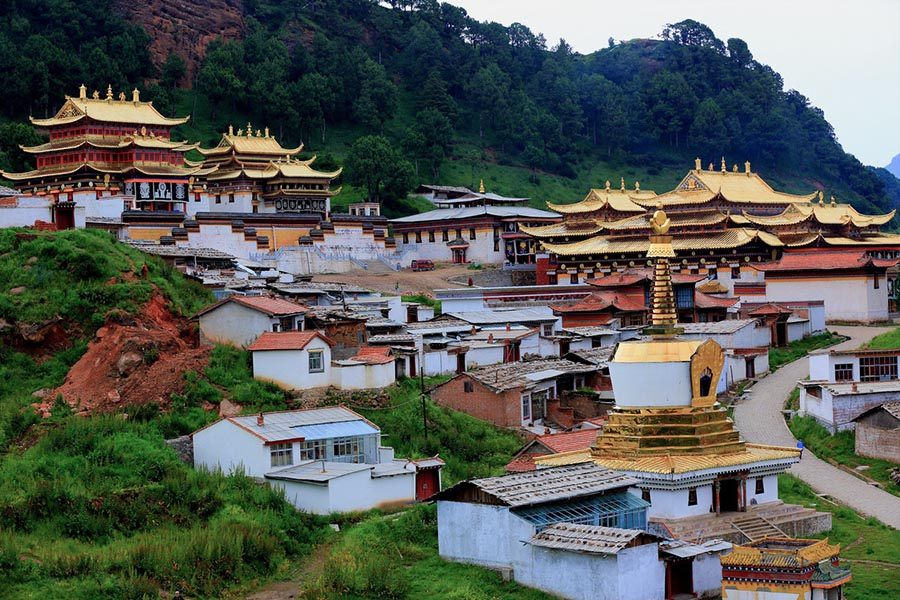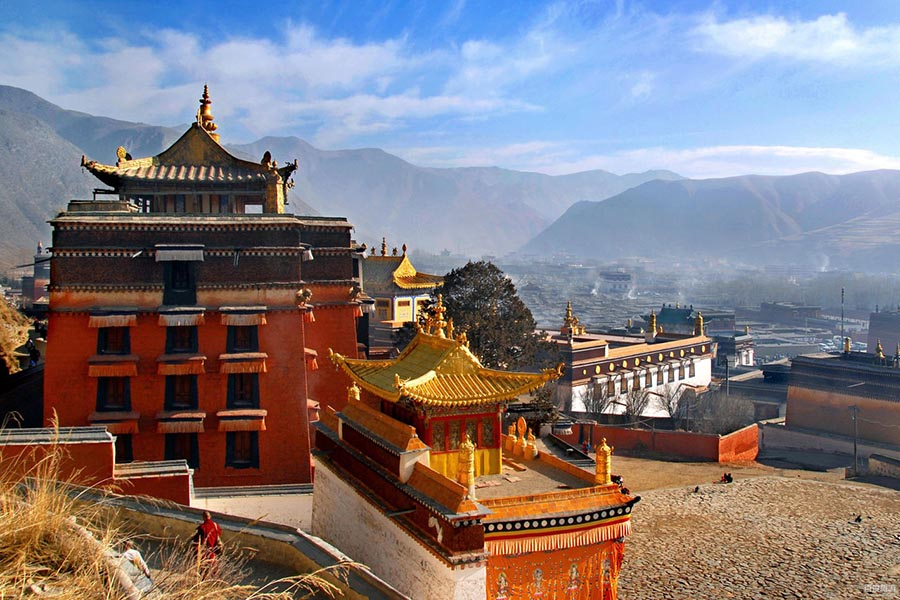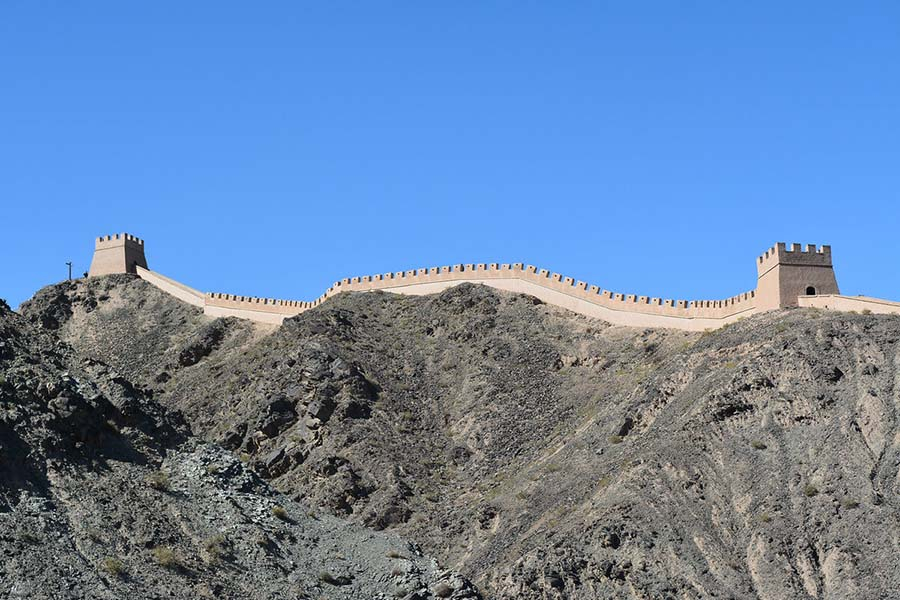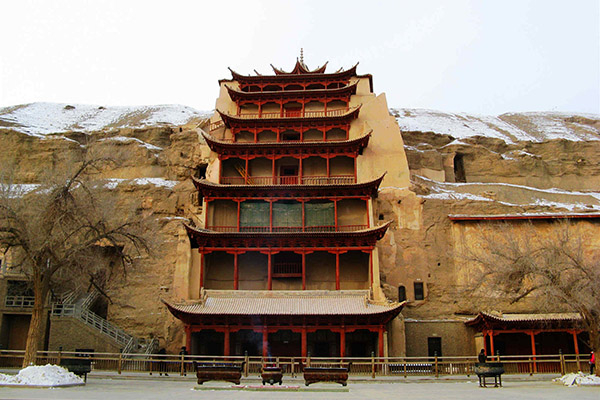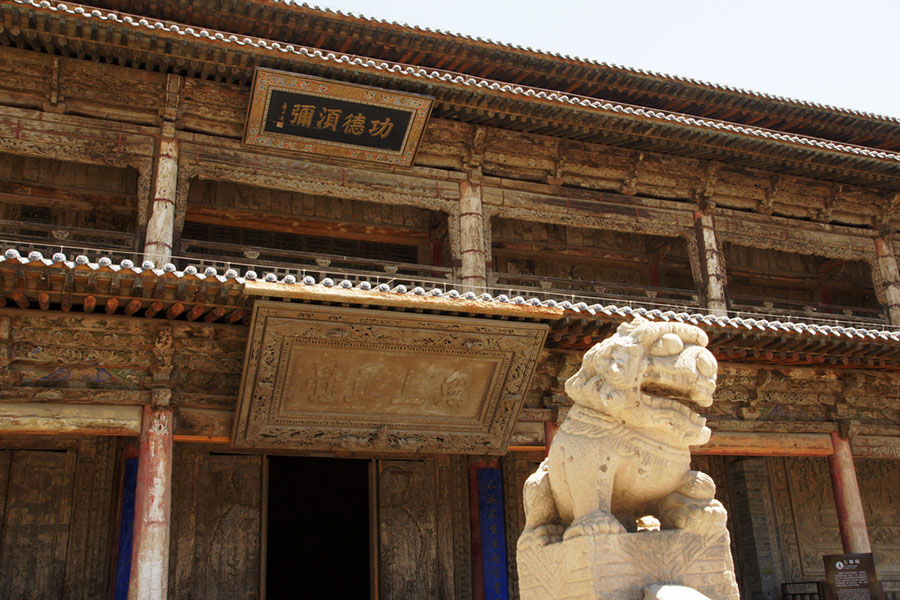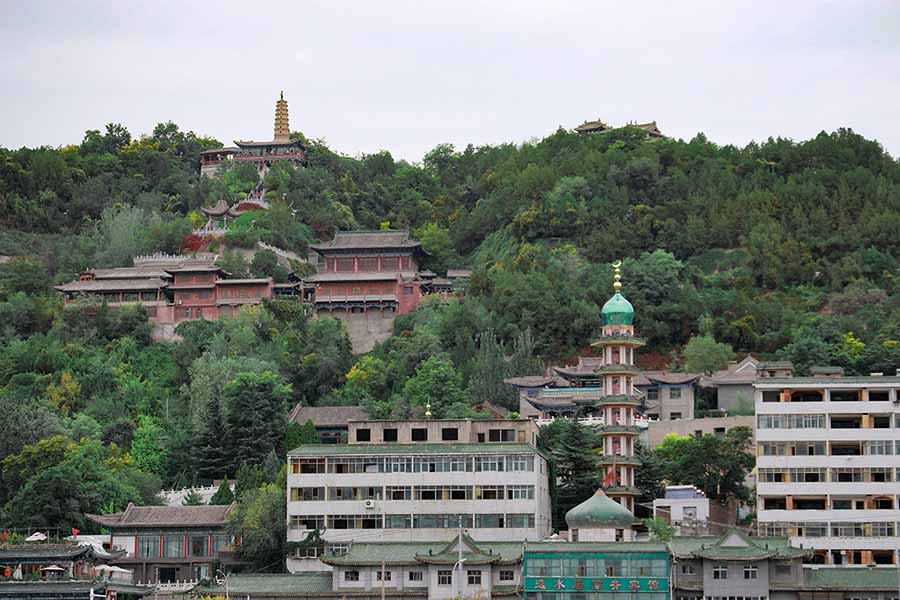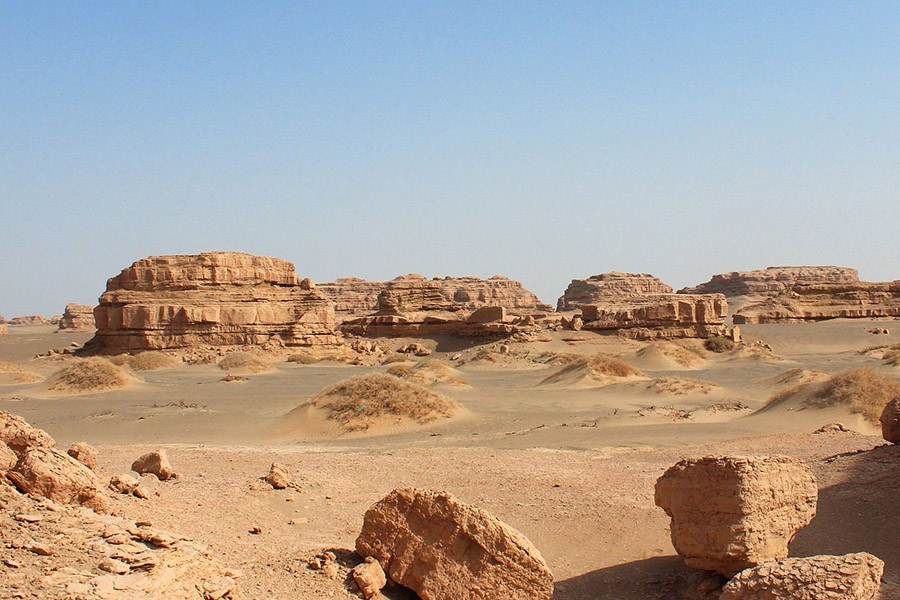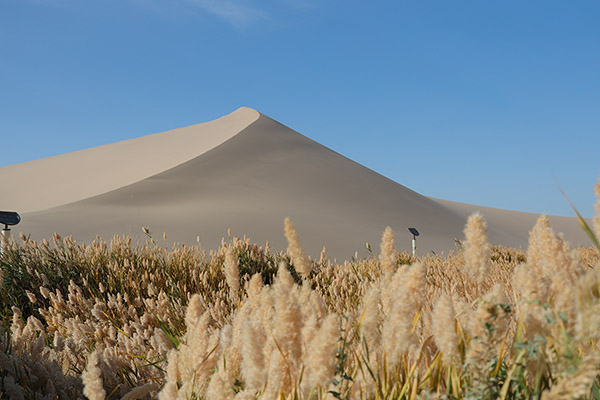Yangguan Pass
Chinese Name: 阳关 (Yang Guan)
Location: Yangguan Town, Dunhuang City, Gansu Province
Ticket: Entrance ticket CNY50.00
Estimated tour time: 2 hours
Recommended time to visit: May to Oct
Nearby attractions: Jiayuguan Pass, Overhanging Great Wall, Mogao Grottoes, Mingshan Mountain, etc.
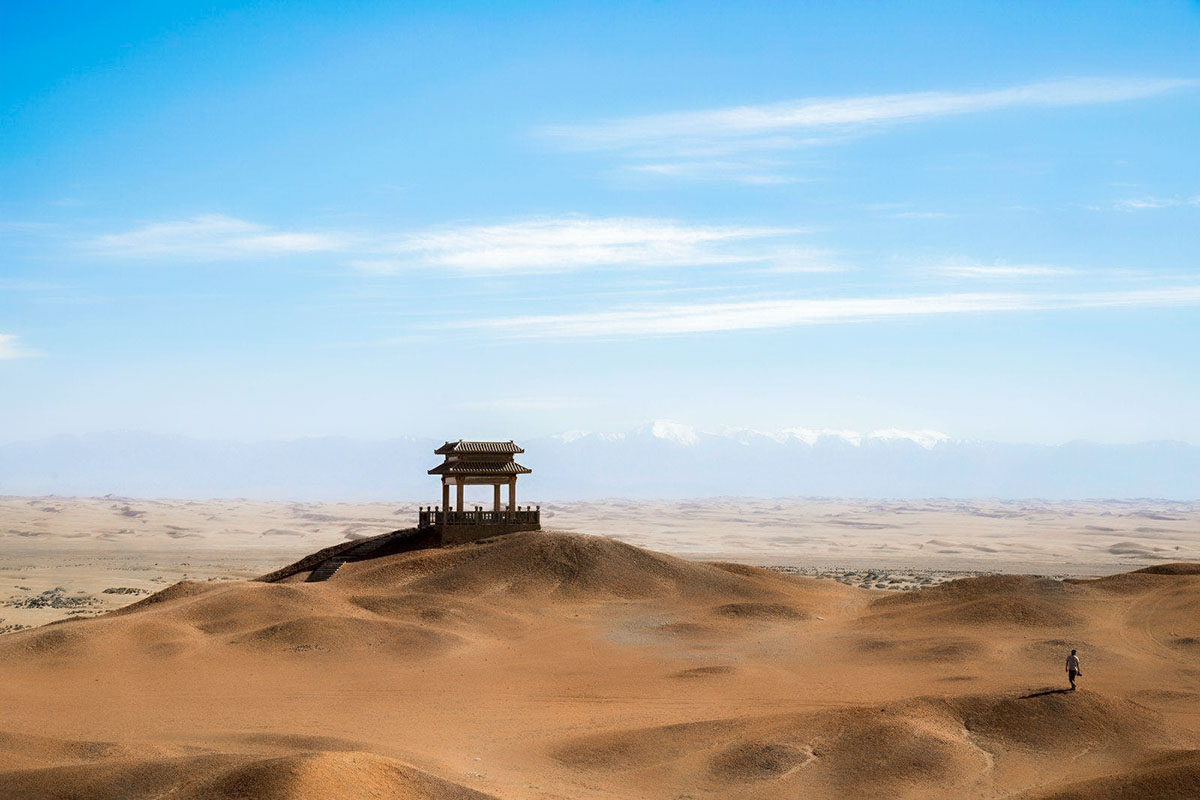
Yangguan is the throat site of the external traffic by land in ancient China and the only pass on the South Silk Road, located near the Antique Beach in the southwest Dunhuang City, Gansu Province. The pass was set up in the Western Han Dynasty(206BC-8AD), because it is in the south of Yumen Pass hence the name. It was the traffic gateway to the Western Regions at that time together with Yumen Pass.
After the Song Dynasty in the 13 century, due to the gradual decline of the west and land traffic, the pass was abandoned. The Antique Beach was named for a large number of Han Dynasty relics exposed on the ground, such as bronze arrow heads, ancient coins, stone mills, pottery cups, etc. Some textual studies hold that the Antique Beach was the Yangguan Pass after the Han Dynasty, while others hold that Hongshan Pass is the Yangguan Pass.
Yangguan is located on the Antique Beach of Nanhu Township, 70 kilometers southwest of Dunhuang City in the Hexi Corridor. Yangguan, an important pass for the Han Dynasty to defend against the invasion of nomads in the northwest and also an important gateway on the Silk Road from the Central Plains to the Western Regions and Central Asia. Take the river as a natural barrier, echoing Yumen Pass in the north. Yangguan ancient fort was built in the desert, archeologists found that Yangguan Pass occupies a dangerous terrain “one man in the pass, ten thousand people can not pass”.
Yangguan and Yumen Pass, one is in the south and the other in the north. Famous at home and abroad, emotions are ancient and modern. After leaving the two passes, one enters the vast gobi desert. Both were important passes along the Silk Road. It was a major military base and courier station on the Dunhuang section of the Silk Road, an important gateway to the Western Regions and connecting Europe and Central Asia. One must go through one of the two passes when getting out of Dunhuang.
Yangguan, an ancient city buried by quicksand and an ancient city sung by the ancient writers. When wind passes, the ruins are clearly visible, eye-catching: remains of houses, farms, canals, etc. Since ancient times, Yangguan in people's hearts was always sad, lonely and desolate. However, today's Yangguan is no longer a synonym of sadness "there will be not any old friend when going out of Yangguan to the west" as in the Tang Dynasty poet Wang Wei's poem. Today's Yangguan has come a nice place with green willows, red flowers, dense forests, abundant grains, clear springs and clusters of grapes.
● Highlighs of Yangguan Pass
The Han Dynasty Beacon Towers
The long history made few remains of the beacons in Yangguan City. The ancient Yangguan Pass was connected by the Great Wall 70 kilometers north to Yumen Pass. There are beacon towers every dozens of miles. There are also more than a dozen beacons near Yangguan Pass. In particular, the beacon on the Dundun Mountain to the north side of the Antique Beach is the largest with the highest terrain and relatively intact preservation.
The Inscription Corridor
On the Dundun Mountain with its towering beacon tower, a corridor of famous inscriptions was built. Stretching in the corridor, you can not only appreciate the poetry and calligraphy of contemporary celebrities, but also pay tribute to the ancient Yangguan ruins. You can also overlook the natural scenery of oases, deserts and snowy peaks.
South Lake and Grape Corridor
There is the South Lake and a long Grape Corridor near Yangguan with unique style. One can visit the local folk customs here.
The Silk Road
When going to the Silk Road, one must go to Dunhuang. When going to Dunhuang, one must first go to Yangguan. We have to mention its relationship with the Silk Road when talking about Yangguan. When the Silk Road was opened, caravans set out from Chang’an(capital of ancient China), they went to Dunhuang for resupplies and then set out through two passes, Yangguan being one of them. After Yangguan, caravans acrossed the desert and areas in Xinjiang and finally arrived Iran, met with the caravans started from Yumen Pass, went farthest to the south of Turkey and Egypt.
- HOTEST
- RECOMMEND
